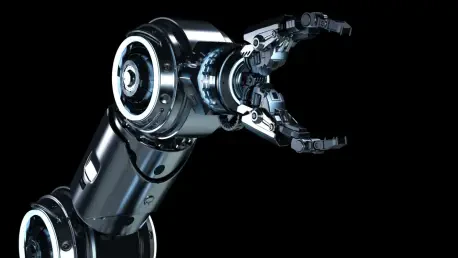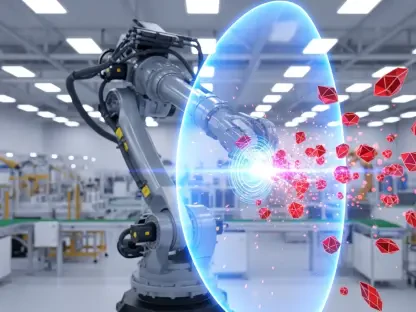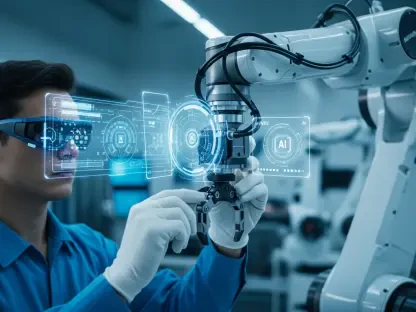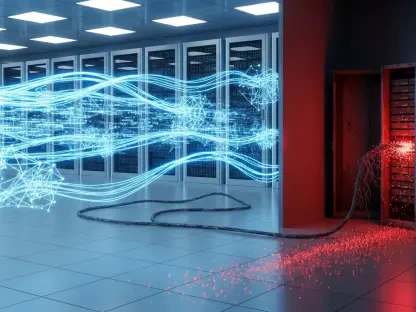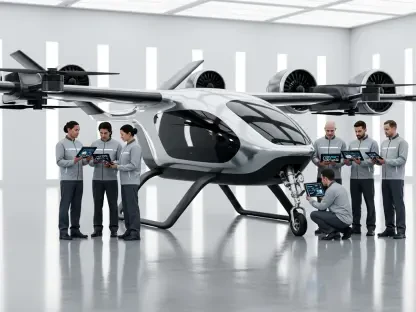In recent years, robotic navigation has faced numerous challenges when attempting to maneuver through complex terrains. Traditional reliance on visual data using cameras and LiDAR systems has revealed limitations, especially in environments like dense forests where obstacles can obscure vision. The revolutionary framework WildFusion, developed by Duke University researchers, addresses these limitations by integrating multiple sensory modalities. It aims to replicate human-like perception, offering a solution that combines vision with supplementary senses such as vibration and touch.
Groundbreaking Features and Performance
WildFusion represents a significant leap in robotic navigation technology, merging various sensory inputs to create a cohesive understanding of the robot’s surroundings. Unlike traditional navigation tools limited to visual data, it employs an RGB camera, LiDAR, and inertial sensors, alongside innovative use of contact microphones and tactile sensors. This multimodal sensory integration allows robots to discern environmental textures like dry leaves and mud, significantly enhancing their ability to navigate uneven terrains.
Complementing this sensory array is a sophisticated deep learning model utilizing implicit neural representations. This model facilitates continuous and integrated comprehension of the environment, empowering robots to make intuitive navigation decisions in real time, even when visual information is compromised. Consequently, WildFusion outperforms previous navigation frameworks in scenarios where sensory input must be dynamically combined to assess terrain stability and movement, ensuring reliability in practical applications.
Recent advancements in WildFusion technology have also introduced trends that are shaping its current growth and implementation. Continuous research efforts have focused on minimizing the device’s size and power consumption, broadening its practical utility. Furthermore, emerging trends suggest the integration of additional sensors like thermal and humidity detectors, potentially extending the applications of WildFusion beyond forest environments to include various fields such as autonomous exploration and environmental analysis.
Real-World Potential and Challenges
The application potential of WildFusion in real-world scenarios has garnered considerable attention. It has already found uses in critical sectors like disaster response and infrastructure inspection, where navigating unstable or unknown terrains can significantly impact the success of operations. These implementations underscore its ability to perform precise maneuvers in challenging environments, an essential capability for emergency scenarios where precision and adaptability are paramount.
However, despite its promising features, WildFusion faces specific challenges. Technologically, integrating multiple sensor data streams demands high computational power, which could limit its applicability due to power and processing constraints. Moreover, regulatory hurdles and market acceptance pose challenges, as establishing industry standards and widespread adoption require structured development and collaboration. Efforts to address these limitations are ongoing and focus on optimizing system efficiency and overcoming implementation barriers.
Though it is still evolving, the future outlook for WildFusion technology is optimistic. Its current capabilities and ongoing advancements suggest potential breakthroughs that could revolutionize the landscape of robotic navigation. As technology progresses, WildFusion is anticipated to influence numerous industries by enabling sophisticated navigation solutions that mimic human perception. Its adaptability holds promise for transforming sectors reliant on precision and responsiveness amidst diverse and unpredictable conditions.
Final Thoughts
In conclusion, WildFusion represents a meaningful shift in robotic navigation technology, melding sensory integration with cutting-edge deep learning to navigate the complexities of diverse terrains. It overcame limitations inherent in traditional methods and paved the way for intuitive decision-making in navigating complex environments, setting the stage for expanded utility and adoption. As industry trends continue to evolve, WildFusion has showcased the potential to drive robotic navigation advancements, offering ingenuity and adaptability that few predecessors have achieved.
